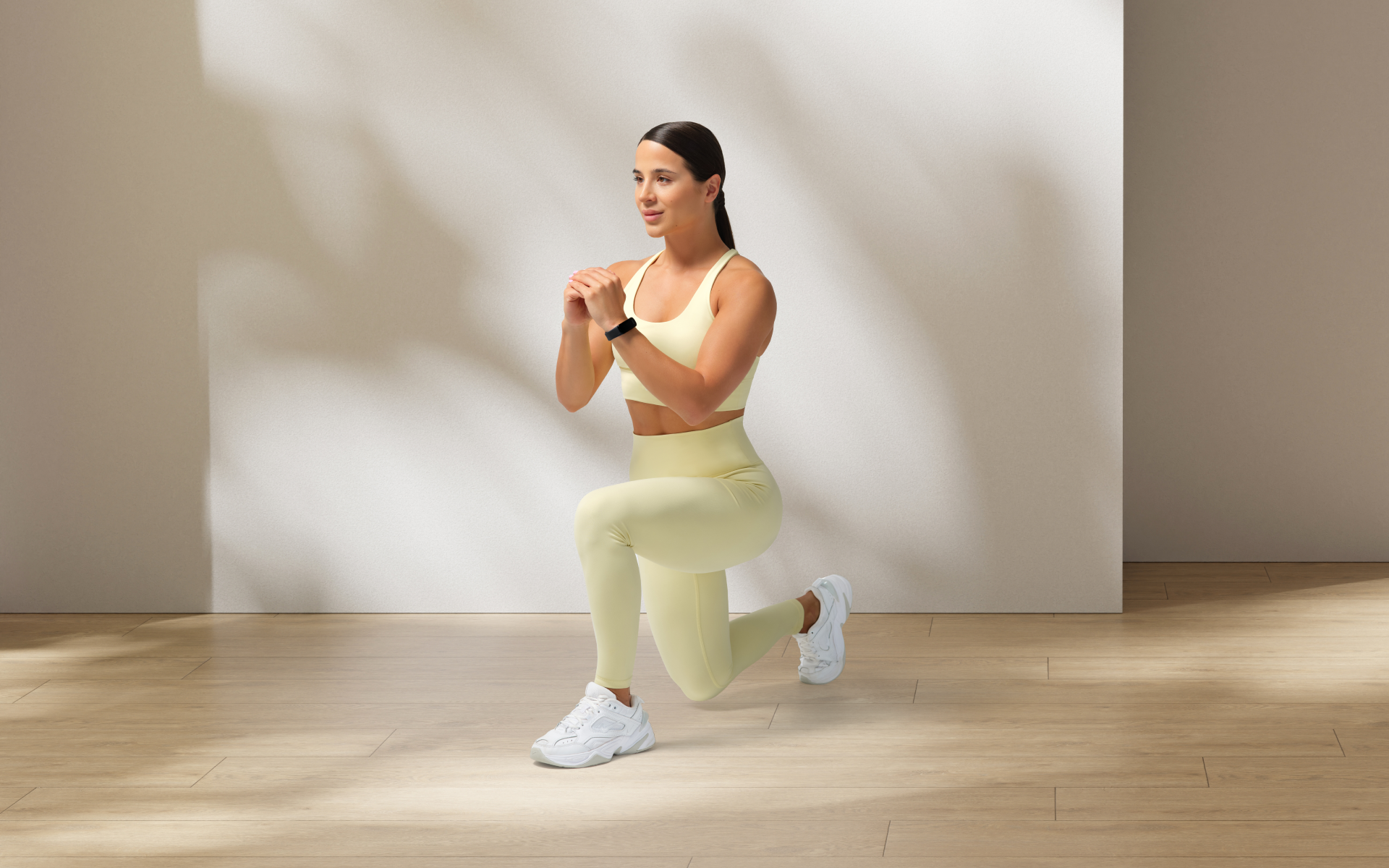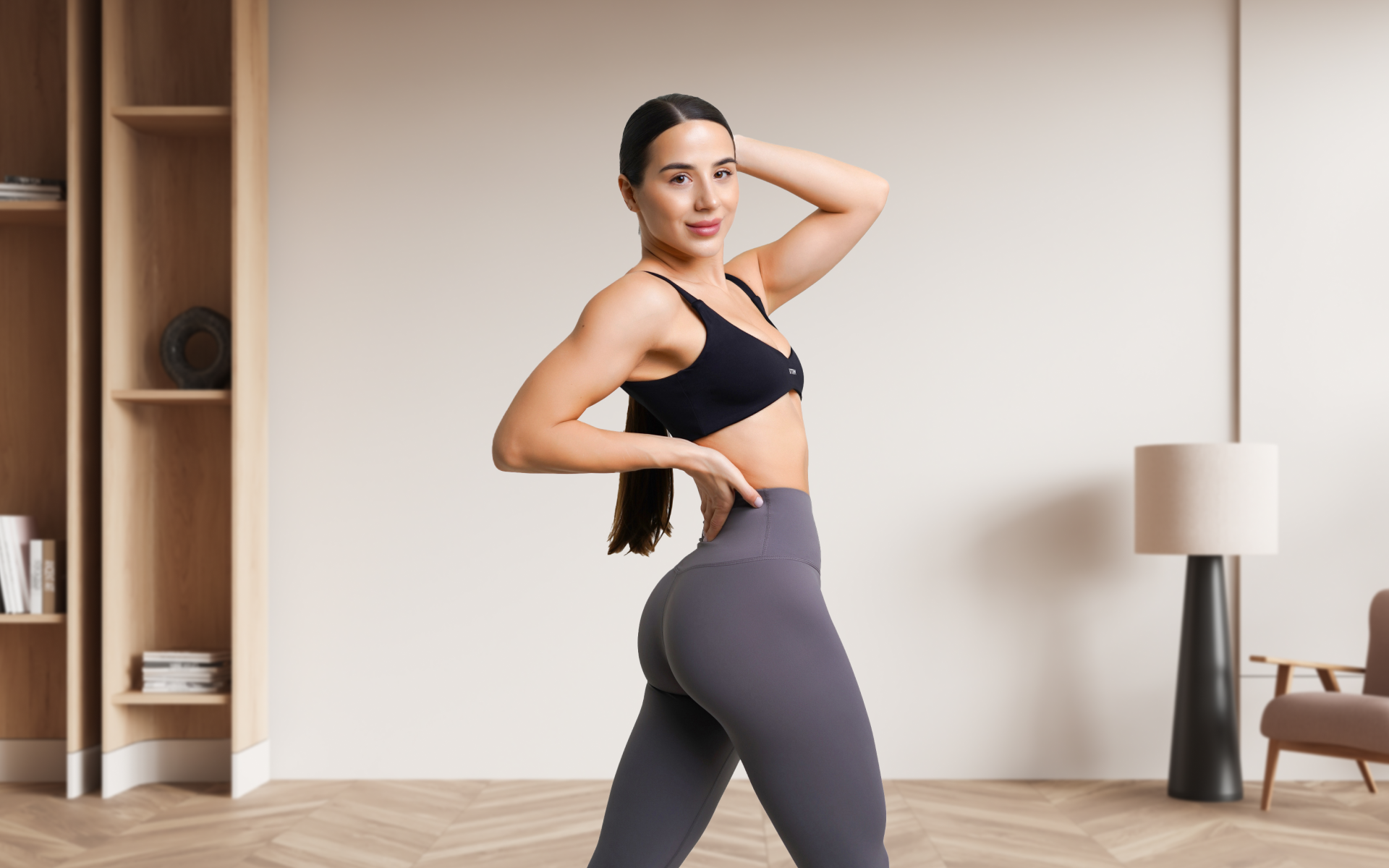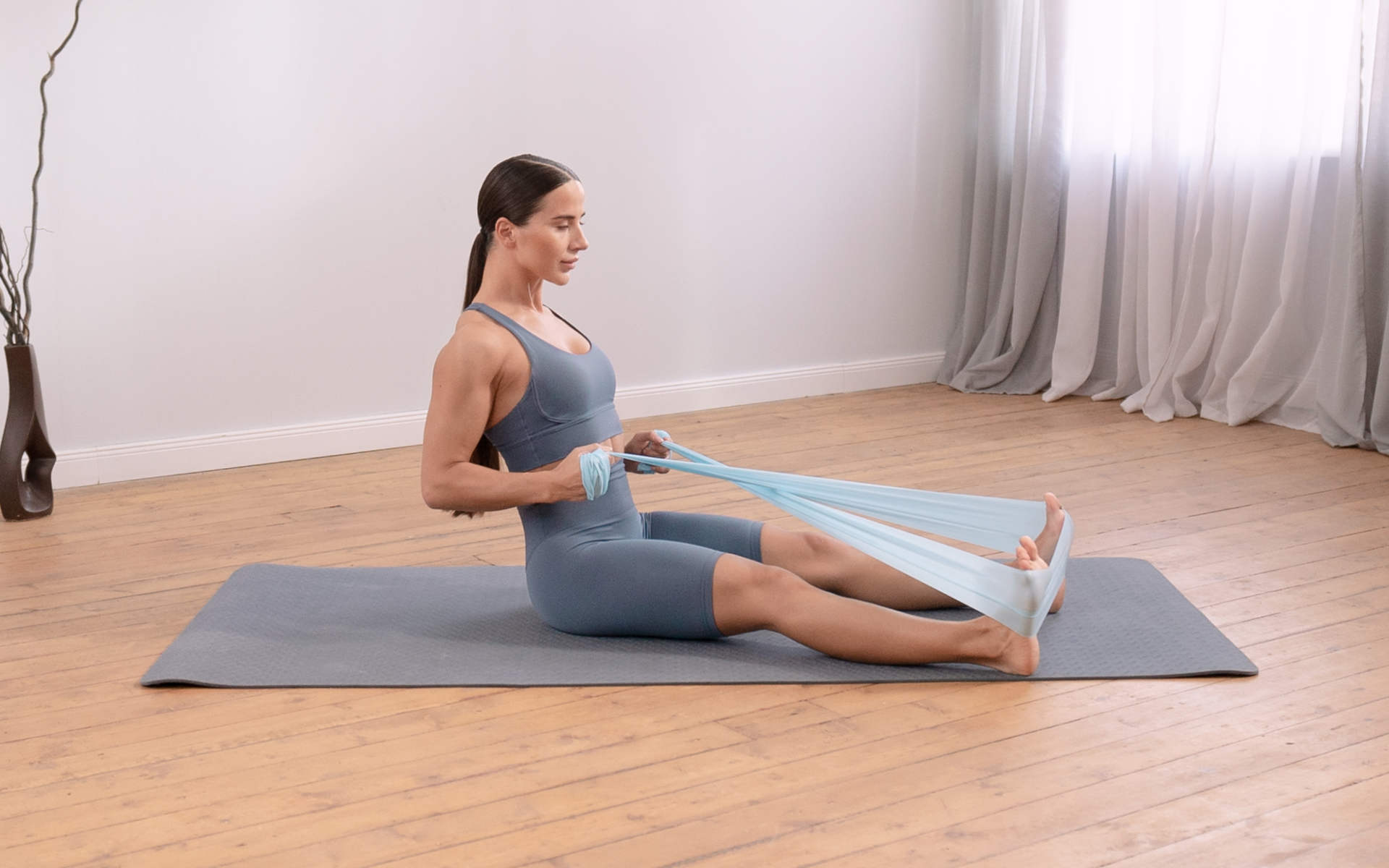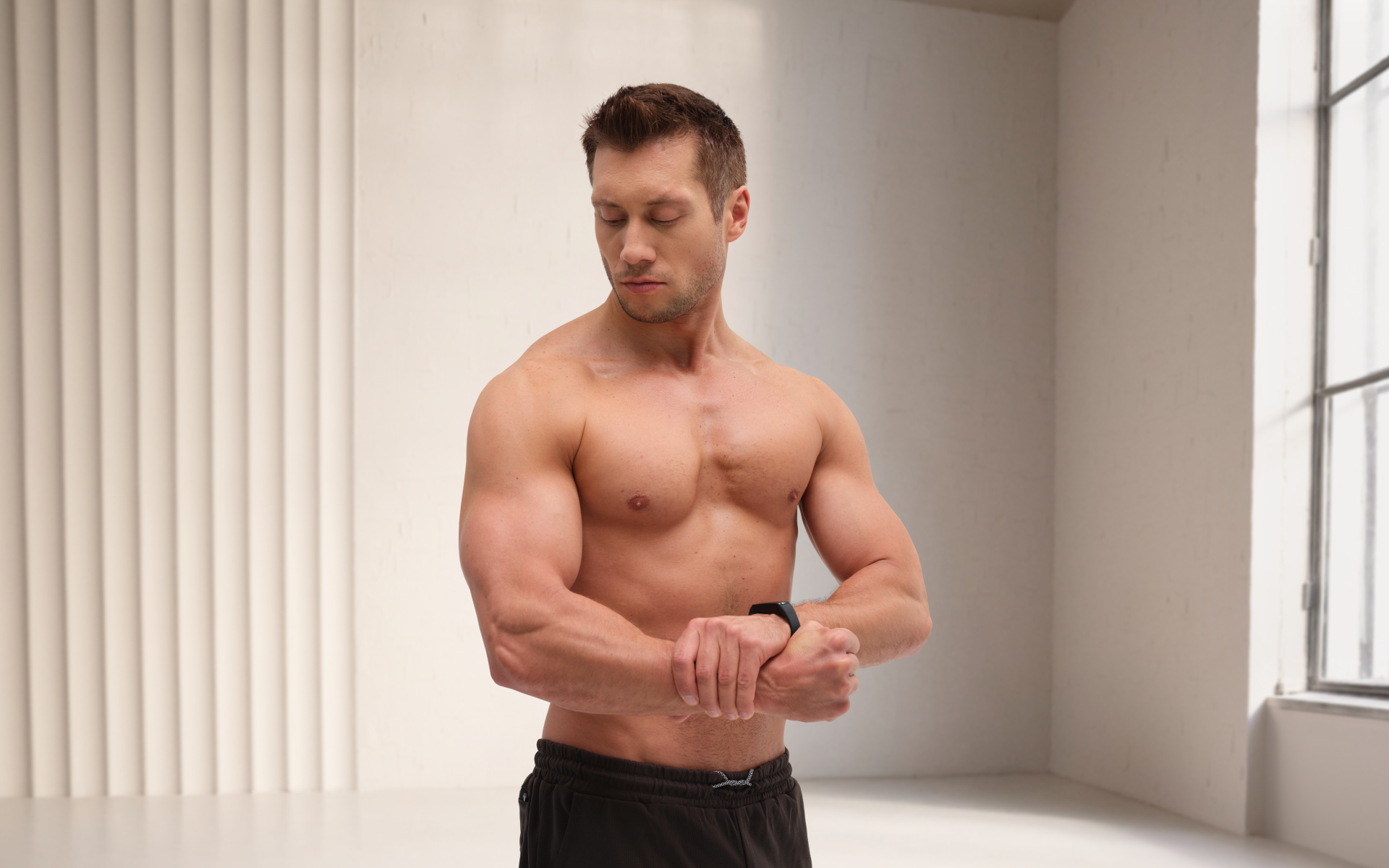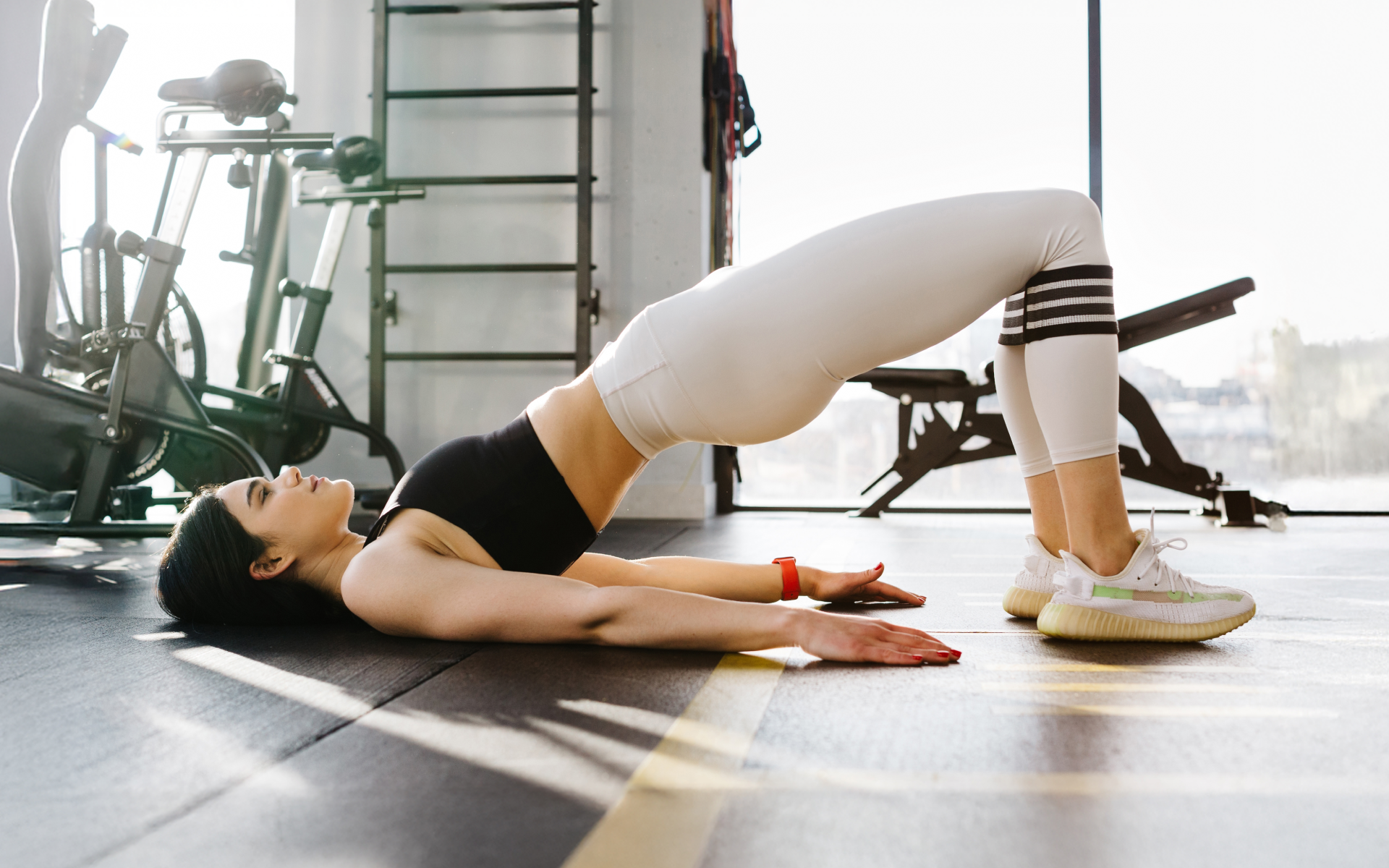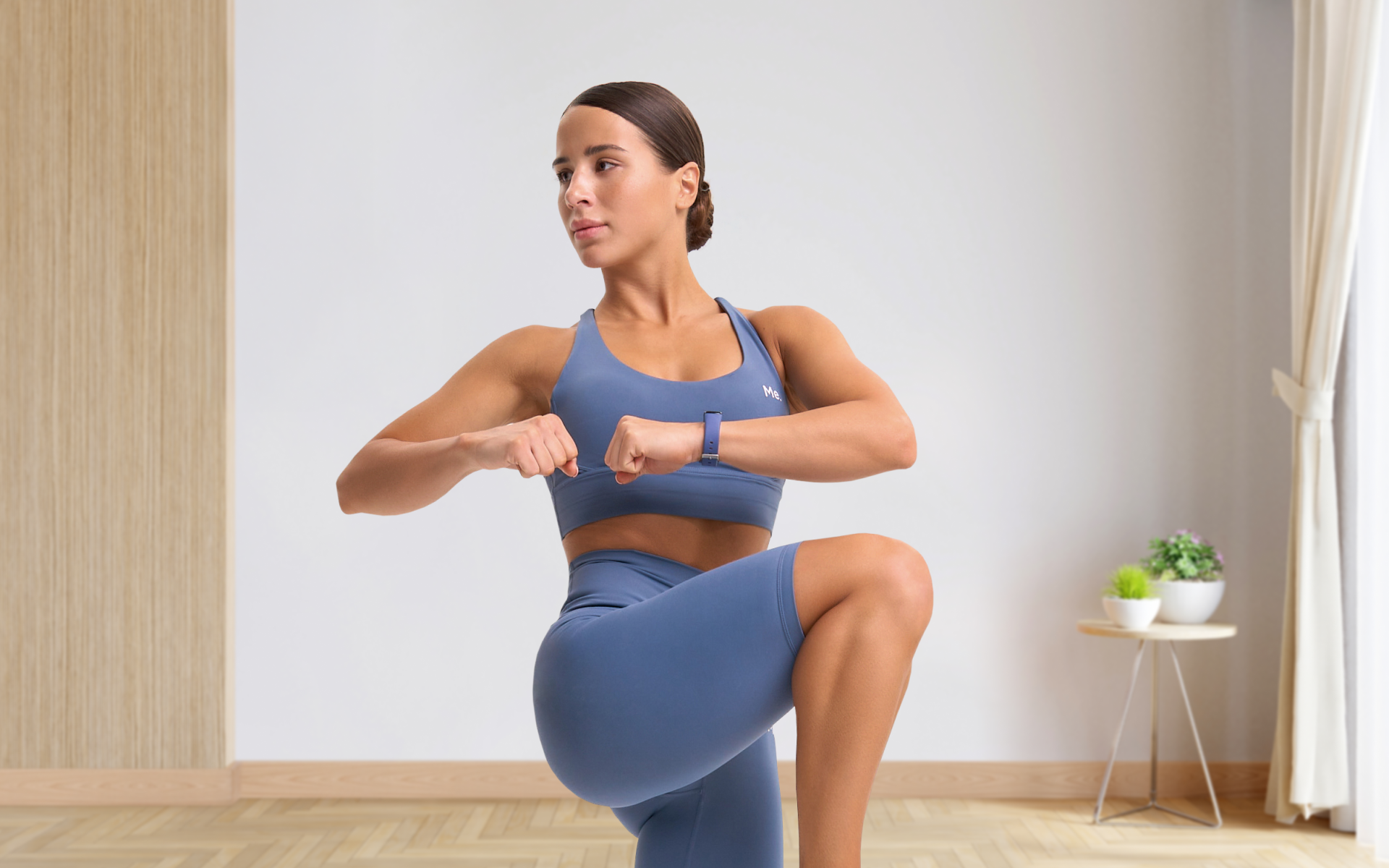Calisthenics is an effective tool for many purposes. It can enhance flexibility, build muscle, boost stamina, and even improve mental health.
One purpose that often gets overlooked is muscle hypertrophy. Compared to weight lifting, it may not seem as direct for targeting specific muscle groups.
So, does that mean it’s ineffective for chest development? Not at all. Calisthenics chest exercises can be incredibly beneficial for chest development when performed correctly and consistently.
They engage multiple muscle groups at once, promoting functional strength and muscle coordination. This not only aids in developing a more balanced physique but also ensures that your chest gets a thorough workout.
Here’s your guide to incorporating 12 ideal calisthenics exercises into your routine, designed to sculpt and strengthen your chest, all without the need for gym equipment.
Can Calisthenics Build a Strong, Well-Defined Chest?
Calisthenics can indeed be an effective way to build a strong, well-defined chest. Let’s review the principles of bodyweight training and the physiological responses it elicits in the muscles, including those in the chest.
Principle of Progressive Overload
At the heart of any effective workout regimen, including calisthenics, is the principle of progressive overload. This involves gradually increasing the stress on your muscles over time to continually challenge them, which in turn stimulates muscle growth and strength improvements. (1)
In calisthenics, progressive overload can be achieved by varying the exercises to make them more challenging, increasing the volume of workouts, or enhancing the intensity through slower execution and shorter rest periods (5).
Muscle Hypertrophy
Muscle hypertrophy, the increase in muscle size, is a key goal in building a well-defined chest through calisthenics. (3). Three major factors are emphasized in the conventional hypertrophy model: mechanical tension, metabolic stress, and muscle damage. It is important to note resistance training protocols that did not promote significant muscle damage still induced similar muscle hypertrophy in comparison with those protocols that promoted initial muscle damage
Calisthenics exercises engage multiple muscle groups through compound movements, which not only work the chest but also improve overall upper body strength and definition (6).
Bodyweight Resistance
Calisthenics uses the resistance of one’s own body weight to exercise. This natural resistance helps in developing muscular endurance and strength without the need for external weights (6).
The advantage here is that bodyweight exercises tend to be safer and less likely to cause injuries compared to weightlifting if performed correctly.
Furthermore, these exercises promote a better range of motion and joint health, ensuring that strength gains do not come at the expense of flexibility and mobility (2).
Neural Adaptation
Neural adaptation plays a significant role in increasing strength. When you begin practicing calisthenics, your nervous system learns to more efficiently recruit motor units (groups of muscle fibers activated by a single motor neuron) to perform movements. This improved neural efficiency contributes significantly to strength gains, especially in the initial stages of training (4).
Core Engagement and Stability
Calisthenics invariably engages the core muscles in almost every exercise, promoting a solid base of power and stability (6). This core engagement is crucial for developing a strong, well-defined upper body, including the chest, as it supports proper posture and enhances the effectiveness of the movements (7).
BetterMe App helps you achieve your body goals with ease and efficiency by helping to choose proper meal plans and effective workouts. Start using our app and you will see good results in a short time.
How Do You Build Your Upper Chest With Calisthenics?
The upper chest is primarily composed of the clavicular head of the pectoralis major, a muscle that spans from the clavicle (collarbone) down to the sternum (breastbone) and across to the shoulder.
Many of us struggle to develop this part of the chest, because we tend to focus on exercises that prioritize the sternal head, which is the larger part of the pectoralis major. To build a well-rounded and defined chest, it’s essential to target both heads of the muscle.
Think of your chest muscle as a fan that’s anchored at your collarbone and sternum, spreading out across your chest. The upper chest is essentially the upper portion of this fan, and to build it up, you’ll need to perform exercises that specifically engage and apply resistance to this area.
Here are five upper chest calisthenics exercises that particularly activate the upper chest:
- Incline Push-ups
- Pike Push-ups
- Decline Diamond Push-ups
- Chest Dips with Forward Lean
- Inverted Rows with Elevated Feet
Now, let’s discuss each of these exercises in more detail and how to perform them correctly.
Incline Push-ups
Incline push-ups are a variation of the standard push-up that elevates your feet on an elevated surface, such as a bench or chair. This angle places more emphasis on the upper chest muscles while still engaging the entire chest.
To perform an incline push-up:
- Place your hands slightly wider than shoulder-width apart on a stable elevated surface.
- Hold your body in a straight line, with your arms extended and core engaged.
- Lower yourself until your chest touches the elevated surface, keeping your elbows close to your sides.
- Push back up to the starting position.
- Repeat for the desired number of repetitions.
Pike Push-ups
Pike push-ups are another variation of the standard push-up that places more emphasis on the shoulders and upper chest. This exercise is particularly beneficial for building strength in the clavicular head of the pectoralis major.
To perform a pike push-up:
- Start in a downward dog yoga position, with your hands and feet shoulder-width apart.
- Lower your head towards the ground, bending at the elbows and keeping them close to your sides.
- Push back up to the starting position.
- Repeat for the desired number of repetitions.
Decline Diamond Push-ups
Decline diamond push-ups are a more advanced version of decline push-ups that place even greater emphasis on the upper chest. In addition to engaging the chest muscles, this exercise also targets the triceps and shoulders.
To perform a decline diamond push-up:
- Place your feet on an elevated surface, such as a bench or chair, and position your hands in a diamond shape directly below your chest.
- Hold your body in a straight line, with your arms extended and core engaged.
- Lower yourself until your chest touches the ground, keeping your elbows close to your sides.
- Push back up to the starting position.
- Repeat for the desired number of repetitions.
Read more: The Simplest Lower Back Calisthenics Guide for Beginners
Chest Dips with Forward Lean
Chest dips are a classic calisthenics exercise that effectively targets both heads of the pectoralis major. By adding a forward lean to this exercise, you can increase the emphasis on the upper chest.
To perform a chest dip with a forward lean:
- Grip parallel bars, keeping your arms straight and your body in a slight forward lean.
- Lower yourself until your elbows reach 90 degrees, keeping them close to your sides.
- Push back up to the starting position.
- Repeat for the desired number of repetitions.
Inverted Rows with Elevated Feet
Inverted rows are an excellent exercise for targeting the upper back and biceps, but by elevating your feet, you can also engage the upper chest muscles.
To perform inverted rows with elevated feet:
- Position yourself under a horizontal bar or sturdy table with your body straight and feet elevated on a stable surface.
- Pull your body towards the bar or table, leading with your chest and keeping your elbows close to your sides.
- Lower yourself back down to the starting position.
- Repeat for the desired number of repetitions.
How Do You Target Middle Chest With Calisthenics?
The middle chest is made up of the sternal head of the pectoralis major, which is the larger and more prominent part of your chest muscle. It’s responsible for movements like pushing,, and hugging. To target this area effectively with calisthenics, try these exercises: :
- Standard Push-ups
- Wide Grip Push-ups
- Chest Flys with Resistance Bands
Let’s look at each exercise in more detail.
Standard Push-ups
Standard push-ups are a classic exercise that targets both heads of the pectoralis major, making them an excellent option for developing the middle chest.
To perform a standard push-up:
- Place your hands shoulder-width apart on the ground, with arms extended and core engaged.
- Lower yourself until your chest touches the ground, keeping your elbows close to your sides.
- Push back up to the starting position.
- Repeat for the desired number of repetitions.
Wide Grip Push-ups
Wide grip push-ups place more emphasis on the sternal head of the pectoralis major, but they also engage the clavicular head and can effectively target the middle chest muscles.
To perform wide grip push-ups:
- Place your hands wider than shoulder-width apart on the ground, with arms extended and core engaged.
- Lower yourself until your chest touches the ground, keeping your elbows close to your sides.
- Push back up to the starting position.
- Repeat for the desired number of repetitions.
Chest Flys with Resistance Bands
Chest flys with resistance bands are an effective way to target the middle chest muscles as they require more control and stabilization than traditional push-ups.. By adding resistance, you can effectively work these muscles and see progress over time.
To perform chest flys with resistance bands:
- Secure a resistance band to a stable anchor point behind you.
- Hold one end of the band in each hand and bring your arms out in front of you, keeping a slight bend in your elbows.
- Push your arms out to the sides, squeezing your chest muscles at the top.
- Slowly bring your arms back to the starting position.
- Repeat for the desired number of repetitions.
Find more chest workouts in our chest day workout blog.
If you wish to free yourself from all the extra pounds that have been weighting you down for way too long, start using the BetterMe app and overhaul your entire life!
How Do You Develop Lower Chest With Calisthenics?
The lower chest is the area below the sternal head of the pectoralis major, and it’s often referred to as the “lower pecs.” Developing this area can give your chest a more defined and complete look.
Single Arm Push-ups
Single arm push-ups require a lot of stability and control, making them an excellent exercise for targeting the lower chest muscles.
To perform single arm push-ups:
- Start in a standard push-up position with your hands shoulder-width apart.
- Lower yourself until your chest touches the ground, keeping your elbow close to your side.
- Push back up to the starting position.
- Repeat for the desired number of repetitions on each arm.
Reverse Push-ups
Reverse push-ups target the entire lower chest area and can help strengthen and define this muscle group.
To perform reverse push-ups:
- Start in a seated position with your hands behind you, palms on the ground and fingers pointing towards your body.
- With your legs extended in front of you, lift your hips off the ground until your body is straight from shoulders to heels.
- Lower yourself until your arms are at 90 degrees, then push back up to the starting position.
- Repeat for the desired number of repetitions.
How Many Exercises for Chest Calisthenics?
There is no set number of exercises that you should do for chest calisthenics as it can vary based on your fitness level, goals, and the intensity of each exercise. However, a good rule of thumb is to aim for a total of 3-4 different t (upper, middle, and lower) in each workout. This will ensure that you are effectively working all areas of your chest.
The frequency of your chest workouts will depend on your individual fitness level and goals. It’s generally recommended to train each muscle group, including the chest, If you’re just starting, it’s best to start with 2 chest workouts per week and gradually increase to 3 as you build strength and endurance. It’s also important to listen to your body and take rest days when needed to avoid overtraining.
We’ve discussed how to reduce chest fat in our how to lose chest fat article.
FAQs
Is Calisthenics Better Than Gym?
Both calisthenics and gym workouts have their own benefits, so it ultimately depends on your personal goals and preferences. Calisthenics can be done anywhere without any equipment, making it convenient for those who don’t have access to a gym or prefer to workout outdoors.
On the other hand, gyms offer a wider variety of equipment and weights for more advanced training and targeting specific muscle groups.
Is Building Chest Easy?
The level of difficulty in building chest muscles can vary depending on an individual’s genetics, diet, and training routine. Some people may find it easier to build chest muscles while others may struggle more.
However, with consistent training and proper nutrition, most people can see progress in their chest muscle development over time.
Is Calisthenics Good for Size?
Calisthenics can build a fair amount of muscle size, especially for beginners or those who haven’t trained consistently before. However, to see significant muscle growth and size, it’s important to progressively increase the difficulty and intensity of your calisthenics exercises over time.
This can be done by adding resistance, increasing repetitions, or trying more challenging variations of each exercise.
Why Is My Chest Not Growing Calisthenics?
There may be several reasons why your chest muscles are not growing with calisthenics. Some possible reasons include:
- Not training with enough intensity or resistance.
- Not allowing sufficient rest and recovery time between workouts.
- Not consuming enough protein and calories to support muscle growth.
Perhaps, you’ve hit a plateau in your training and need to switch up your routine or increase the difficulty of your exercises.
The Bottom Line
Calisthenics offers a variety of exercises that can effectively target the upper, middle, and lower chest muscles.
By incorporating different variations of push-ups, dips, and rows into your routine, you can achieve a well-rounded and defined chest without the need for traditional weightlifting equipment.
Remember to always maintain proper form and gradually increase the intensity of your workouts to continue challenging your muscles.
DISCLAIMER:
This article is intended for general informational purposes only and does not serve to address individual circumstances. It is not a substitute for professional advice or help and should not be relied on for making any kind of decision-making. Any action taken as a direct or indirect result of the information in this article is entirely at your own risk and is your sole responsibility.
BetterMe, its content staff, and its medical advisors accept no responsibility for inaccuracies, errors, misstatements, inconsistencies, or omissions and specifically disclaim any liability, loss or risk, personal, professional or otherwise, which may be incurred as a consequence, directly or indirectly, of the use and/or application of any content.
You should always seek the advice of your physician or other qualified health provider with any questions you may have regarding a medical condition or your specific situation. Never disregard professional medical advice or delay seeking it because of BetterMe content. If you suspect or think you may have a medical emergency, call your doctor.
SOURCES:
- Effects of Resistance Training Overload Progression Protocols on Strength and Muscle Mass (2024,nih.gov)
- Effects of range of motion on resistance training adaptations: A systematic review and meta-analysis (2021,nih.gov)
- Molecular Mechanisms of Skeletal Muscle Hypertrophy (2021,nih.gov)
- Neural adaptations to resistive exercise: mechanisms and recommendations for training practices (2006,nih.gov)
- Progressive overload without progressing load? The effects of load or repetition progression on muscular adaptations (2022,nih.gov)
- The advantages of body-weight exercise (2022,harvard.edu)
- The real-world benefits of strengthening your core (2012,harvard.edu)




